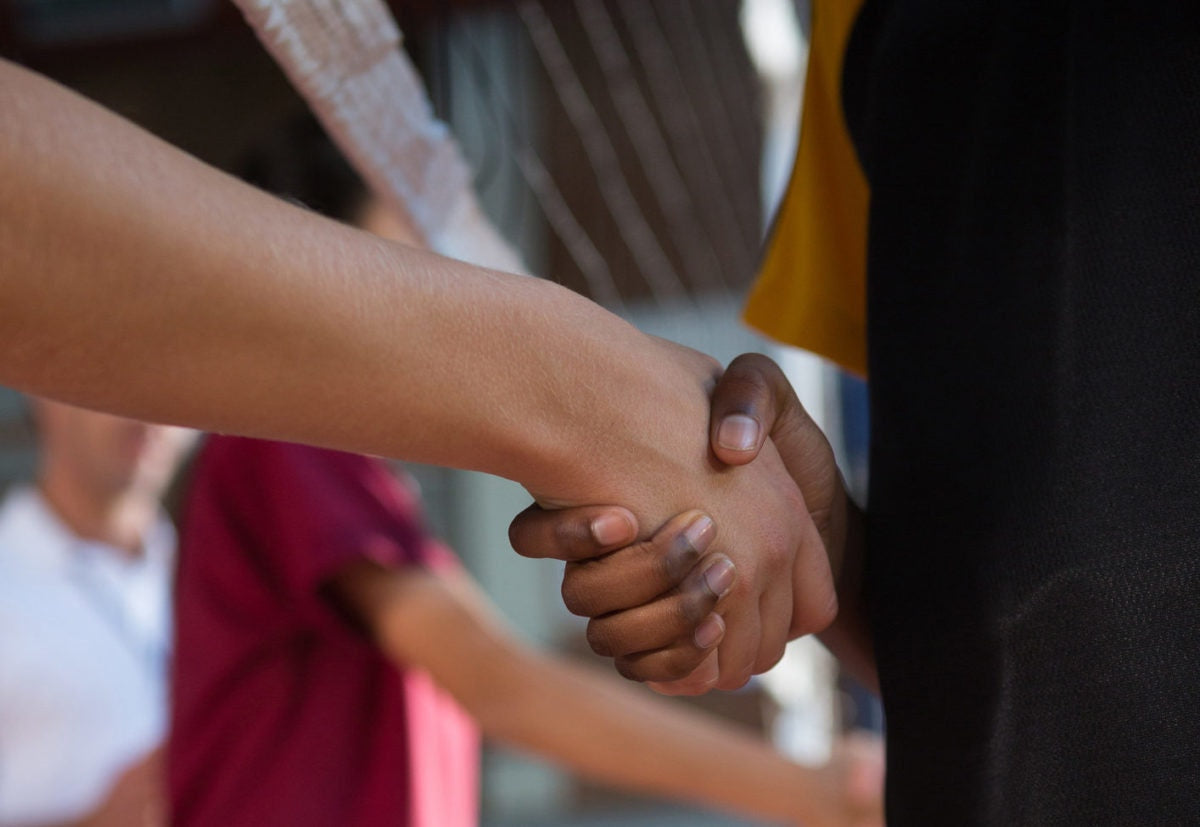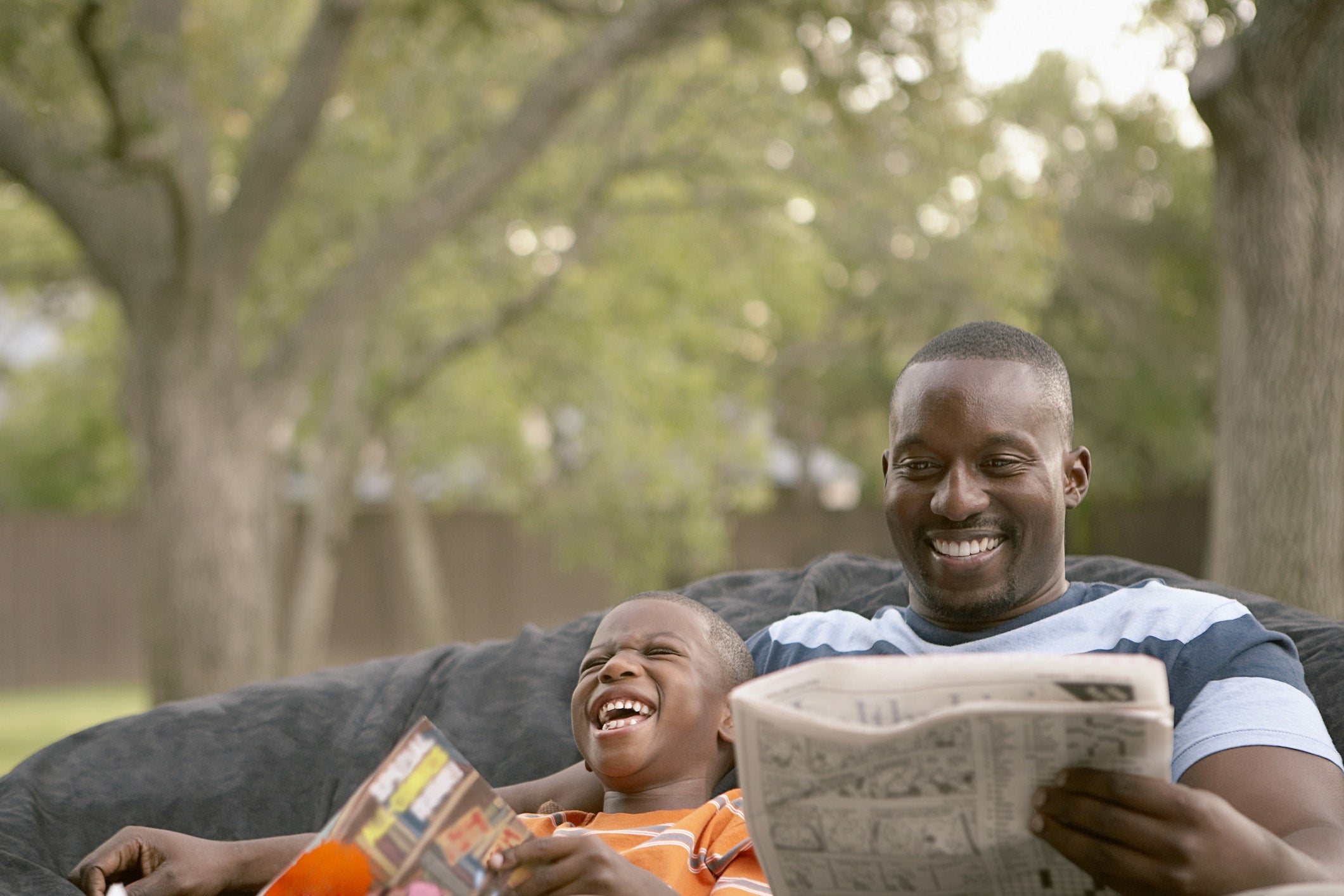I meditate and I attend yoga often enough to know I shouldn’t judge. Despite my best intentions, when I shake someone’s hand for the first time, I form an opinion of them. I confess, if I receive a weak, floppy grip, it’s probably not going to be a charitable one. It turns out that I'm not alone.
Research shows that an initial handshake is a strong predictor of how people are perceived, which can have significant implications on their chances of securing the job, the internship, or the scholarship.
A 2008 study published in Journal of Applied Psychology found a positive relationship between handshake quality and hiring recommendations by interviewers in employment interviews. A 2000 study from the same journal also found a relationship between handshake characteristics and the impressions the coders formed about subjects. Interestingly, both studies concluded that the benefits of a solid handshake may extend further to women than to their male counterparts.
Meanwhile, a 2013 study found the presence or absence of a handshake had a significant effect on subjects’ likelihood of complying with a request. In that study, a representative from a humanitarian organization went door to door, soliciting donations. When the solicitor did not shake hands with the homeowner prior to making the request, 53.3 percent of homeowners made a donation. In contrast, 95.5 percent of homeowners agreed to donate when the solicitor preceded the request with a handshake.
For an action that occurs so frequently (an average person shakes hands 15,000 times in a lifetime, according to one study), a surprisingly high number of people feel uncomfortable doing it. That same study found that two thirds of people hate shaking hands and are not confident that they are doing it properly. Though it may come more easily to some than others, a solid handshake isn’t something you’re simply born with, it's something you can learn at any age. Communication and body language expert Patti Wood breaks it down into steps:
1 | Stand up.2 | If you’re holding something with your right hand, put it down, or move it into your left hand.
3 | Smile.
4 | Make eye contact. It’s important to find the balance between looking away from the person you’re meeting and staring for too long. Three to five seconds of maintaining eye contact is ideal.
5 | Approach the other person so that you’re standing directly in front of them, about an arm’s length away.
6 | Extend your arm with your hand stretched open and your thumb facing upward.
7 | Make palm-to-palm contact.
8 | Wrap your fingers around the other person’s and, while the space between your thumb and forefinger (aka web space) is touching theirs, gently put your thumb down, lock thumbs, and squeeze the hand firmly. Use firm pressure, but never significantly more than they are giving you.
9 | End the handshake with a verbal acknowledgment like, “Nice to meet you.”
If your kid is old enough to say, “Nice to meet you,” then she's old enough to learn the elements of a proper handshake. You could practice with a child as young as five years old, or even younger if he shows interest, by making a game out of it. You could role play any two strangers meeting each other for the first time, letting the child decide what parts each of you should play. According to parenting expert Dr. Vicki Panaccione, a solid handshake can say “Pleased to meet you," as well as, "I am someone to pay attention to.”
I'm not saying anyone should force their kid to shake a stranger’s hand (as if that were even possible). I’m saying that we are doing our kids a disservice if we fail to give them the tools to make a stellar first impression. We enroll them in expensive, time-consuming extracurricular activities to help them develop the confidence, leadership, and time management skills they’ll need throughout their lives. Why not teach them the one skill they’ll need to open the door or seal the deal so that they can put their hard-won skills to use?



